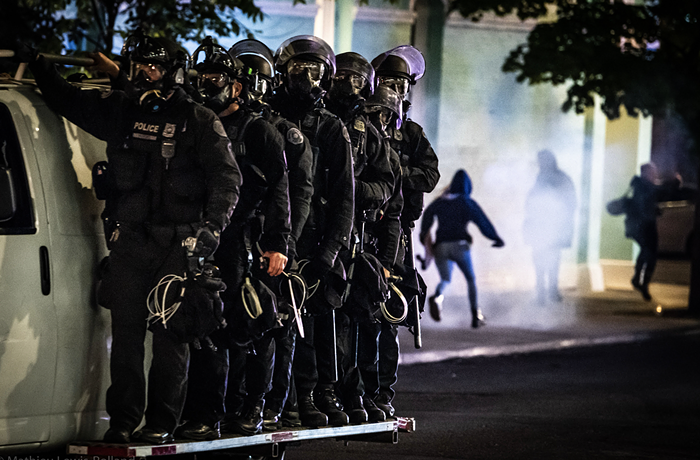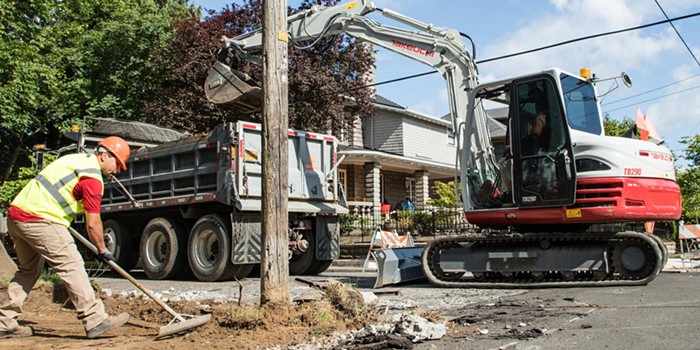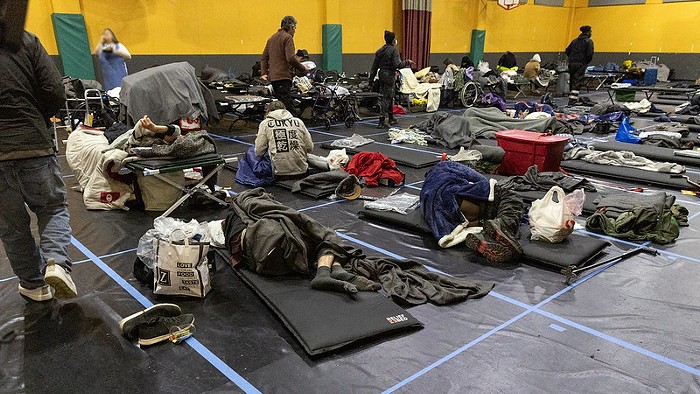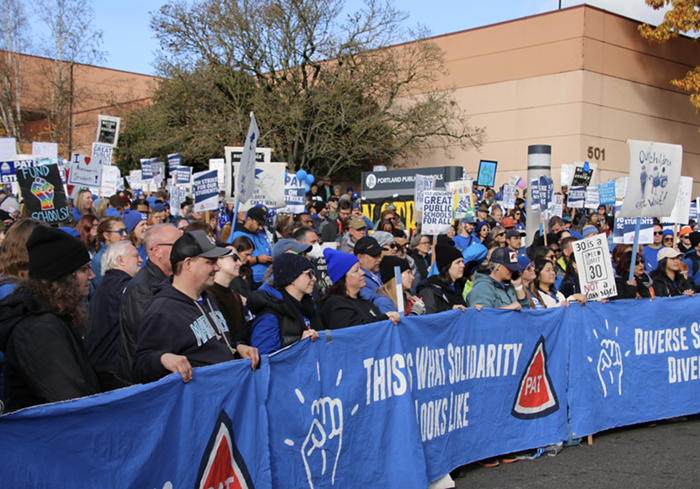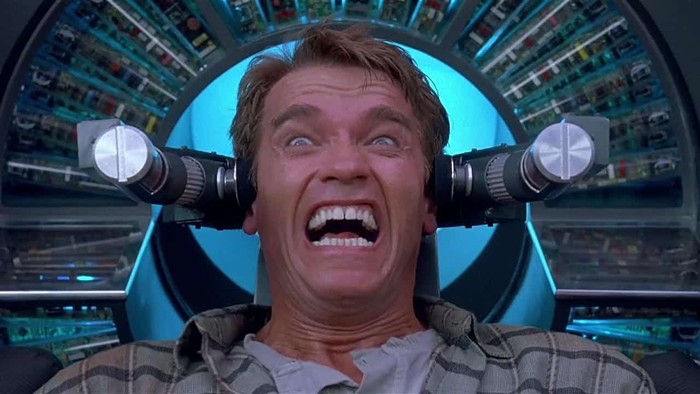In years past--most notably the past several May Days--the parade has been the spring kick-off for anarchists and activists. With anger-saturated clashes with police, May Day had evolved into an event more about defiance and disrupting downtown business than about labor unions and universal health care.
But this year signaled perhaps a new era for May Day as the big-boy unions--the carpenters, the dock workers--took over the party from the bandana-wearing activists. This year young activists looked out of place sprinkled throughout a crowd of middle-aged, hard-hat wearing union organizers. Organizers and participants alike said that for the past several years many union workers had shied away from the parade and its association with anarchists.
"There were a lot of naysayers who didn't want to be part of this," explained one organizer from the local carpenter union 247. "But in its roots May Day is about the labor movement." He went on to say that the absence of union workers during past May Days was "a real void."
The organizer explained that many workers in Portland are concerned that the eight-hour workday is slipping away (a forty-hour work week was the primary demand by organizers at the first May Day in 1886). "To provide for our families, many of us are working two or three jobs," he explained. He bemoaned the plump salaries and bonuses enjoyed by CEOs and upper-management employees. Not since the era of Vanderbilts and Rockefellers at the turn of the last century has the split in salaries between management and workers in America been larger.
But that message was perhaps lost on many bystanders, many who confused the workers' rights parade for yet another anti-war march. Here and there, a few people marching carried rain-soaked and tattered signs from this spring's protests.
As the parade moved through downtown, several elderly women stepped out of the Benson Hotel and tried to figure out what the hubbub was about. "I don't know," said one woman with frosted hair, shrugging her shoulders, "probably some anti-war thing." PHIL BUSSE
